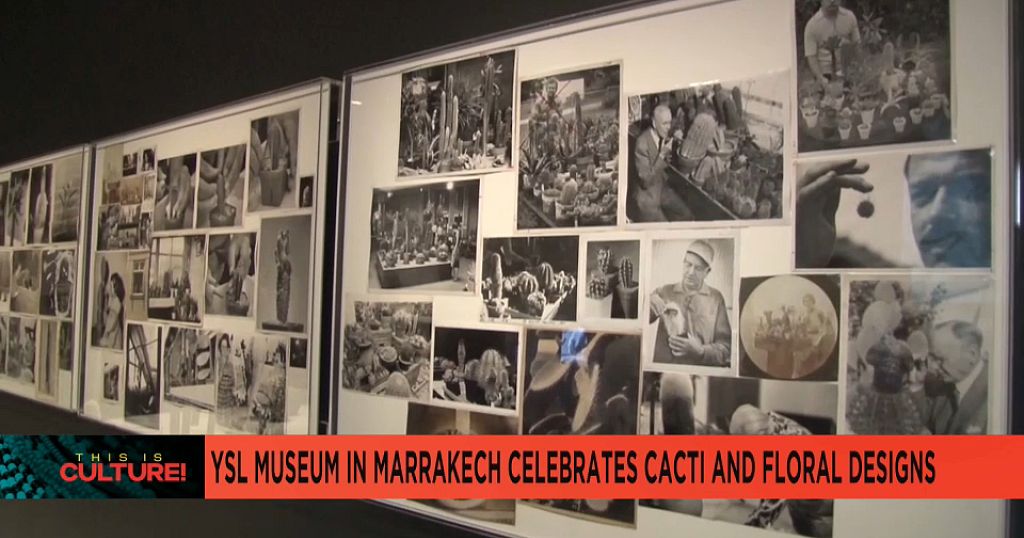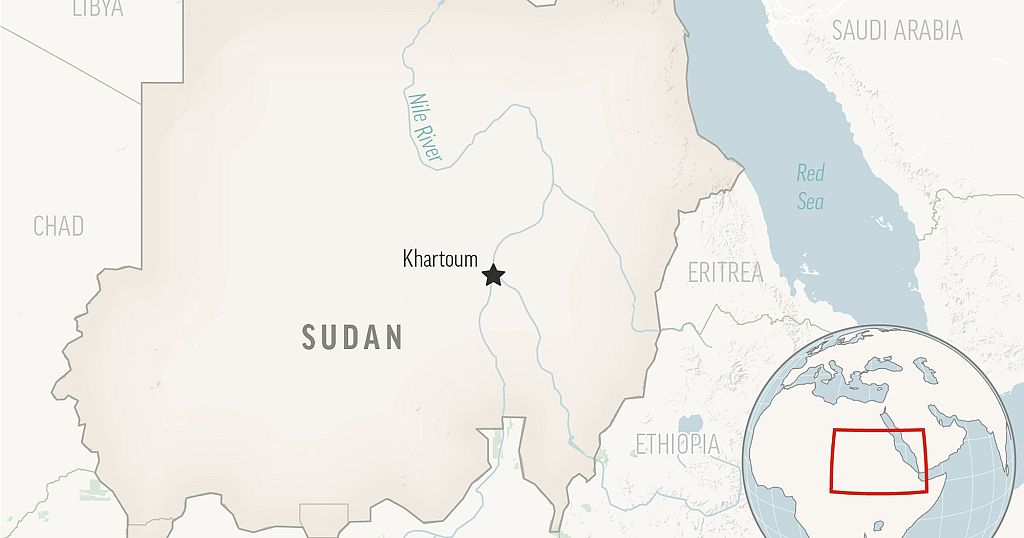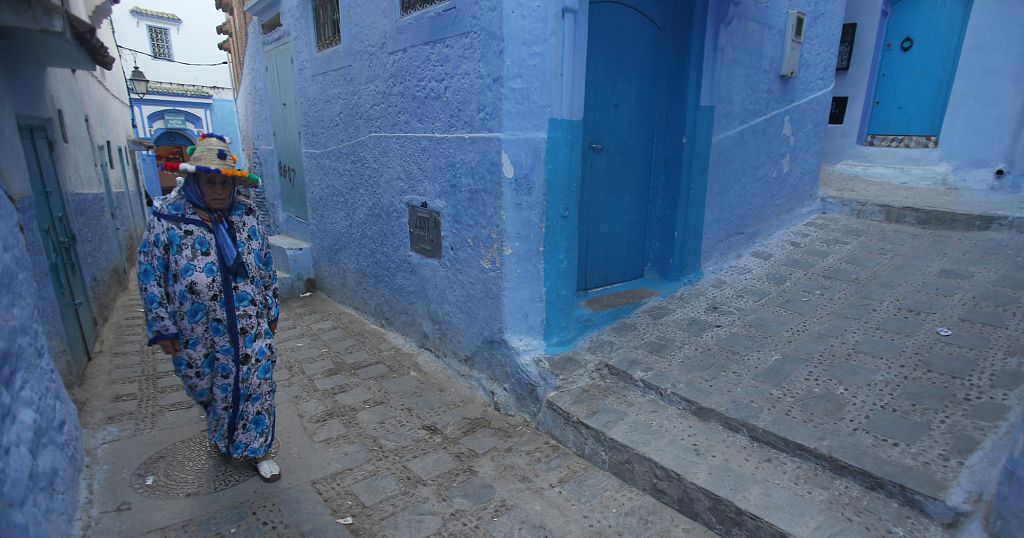Yves Saint Laurent exhibition in Marrakech celebrates cacti and floral designs

These prickly plants are the stars of the show at a new exhibition in Marrakech. ‘CACTUS’ at the Yves Saint Laurent Museum is a tribute to the spiny flora.
With over 1,700 species of cacti known worldwide, the aim is to highlight their remarkable diversity through various artistic mediums.
Some are old specimens, like these “Pachycereus Pecten-Aboriginum” cacti, collected in Mexico in the late 1800s or early 1900s.
But there are also artworks, like these prints, dyed with a cactus extract.
Bernard Boutet De Monvel’s 1920 oil on canvas sits in the same gallery as the David Hockney cactus ‘iPad Drawing’ from 2010.
Marc Jeanson is a botanist at the National Museum of Natural History in Paris and co-curator of the “CACTUS” exhibition.
“This exhibition presents a great diversity of works in very different temporalities from the 18th centuries through to contemporary artists from Europe and Morocco. The idea was to create a sort of dialectic between the natural, which was defined until recently as nature and culture, starting from a form of a cabinet of a natural history of a presentation of a herbarium with a whole formal repertoire of architecture and forms of cactus and how the artists were inspired,” he says.
Cacti and succulent plants, with their thorny, velvety, or fleshy organs, have fascinated people for centuries, transcending geographical boundaries.
In the Majorelle Garden, renowned for its extensive collection of cacti, there are more than sixty of the species in its inventory.
This botanical treasure trove on the African continent provides a fitting backdrop for exploring the symbiotic relationship between art and nature.
The exhibition goes beyond botanical exploration, delving into the rich iconographic, ornamental and ethnological history of cacti and succulent plants.
And it comes as the world tackles climate change and how to survive amid increasing water shortages – something the cactus is somewhat of an expert at.
“This exhibition is being held at a time when many questions are being asked around the world about the problems of climate change and the erosion of biodiversity,” says Jeanson.
“It is also an exhibition which proves and demonstrates to us that even in a difficult context, such as the context of water stress, which can affect certain cacti, we still have great creativity, diversity of shape, and a great diversity of colours.”
Cacti are not the only element of the natural world being celebrated at the museum.
The Les Fleurs d’Yves Saint Laurent exhibition is also open to visitors.
Haute couture designs inspired by flowers sit alongside poetry.
Forty garments bearing floral motifs in embroidery, print and applique are presented, on loan from the sister institute, YSL Paris Museum.
It promises a mesmerizing exploration into the shared passion for nature held by Yves Saint Laurent and Pierre Bergé, co-founder of the label.
“Some of the floral motifs, whether appliqued, embroidered or printed on the clothing presented by the exhibition, are identifiable. The rose of course, the lily and other flowers that the public will recognize and some flowers may be less identifiable and perhaps not at all identifiable because they are also the fruit of the imagination of the designer, but also of the people with whom we worked, whether the fabric manufacturers, or the printers with whom the YSL house used to work,” says Alexis Sornin, director of the Yves Saint Laurent Museum Marrakech.
From jewellery to evening wear, the impact of nature of the brand is obvious.
Visitors draw comparisons between clothing and writing.
“The poems which have sung about nature at all times and are associated with this YSL exhibition are just magnificent and we have joy in associating the words and what they represent and then looking at the collections, the clothes and the embroidery,” says Martine, a French tourist.
‘CACTUS’ runs until 7 July, while “Les Fleurs d’Yves Saint Laurent” will run until 5 January 2025.
Source: Africanews















